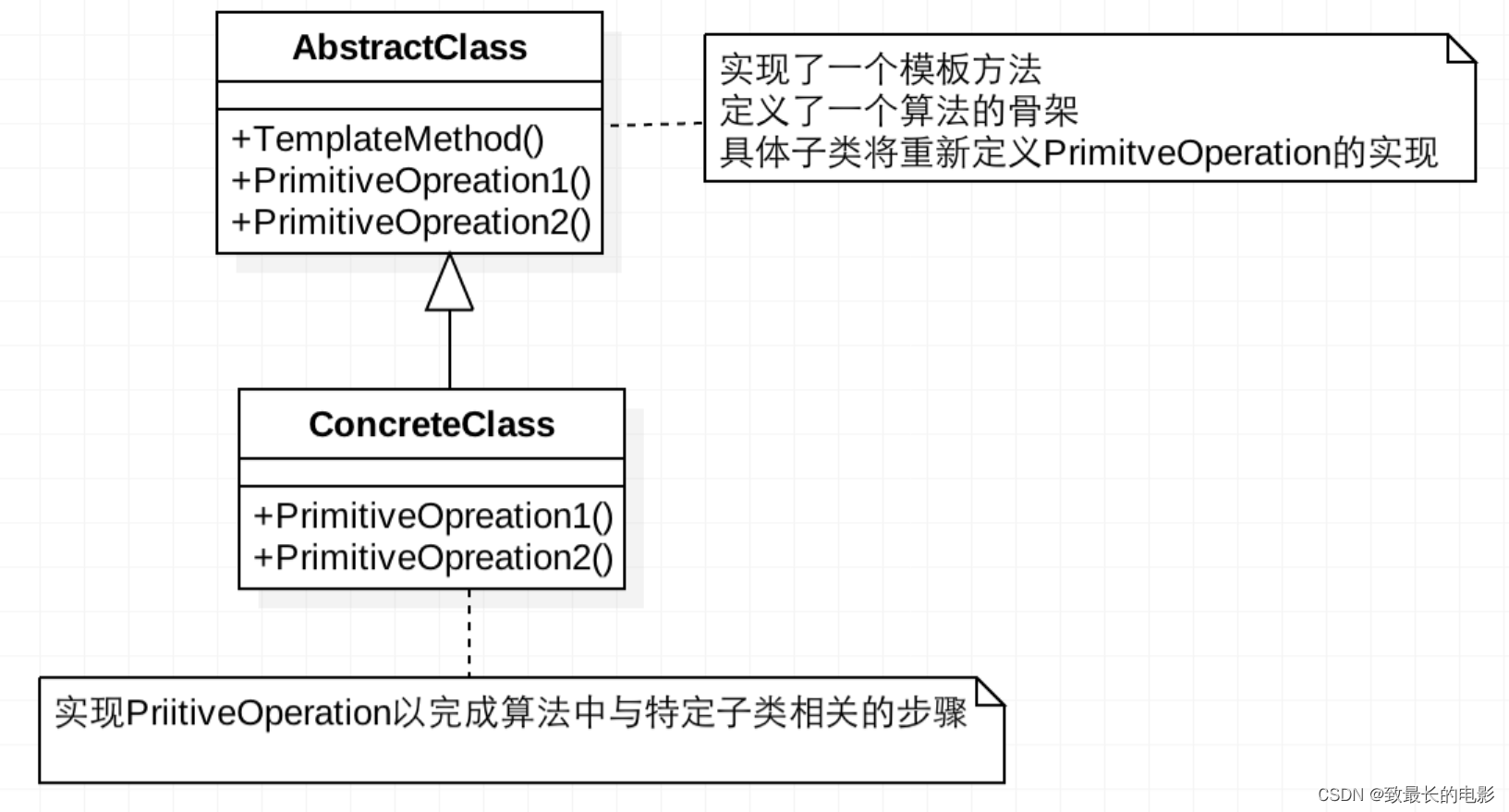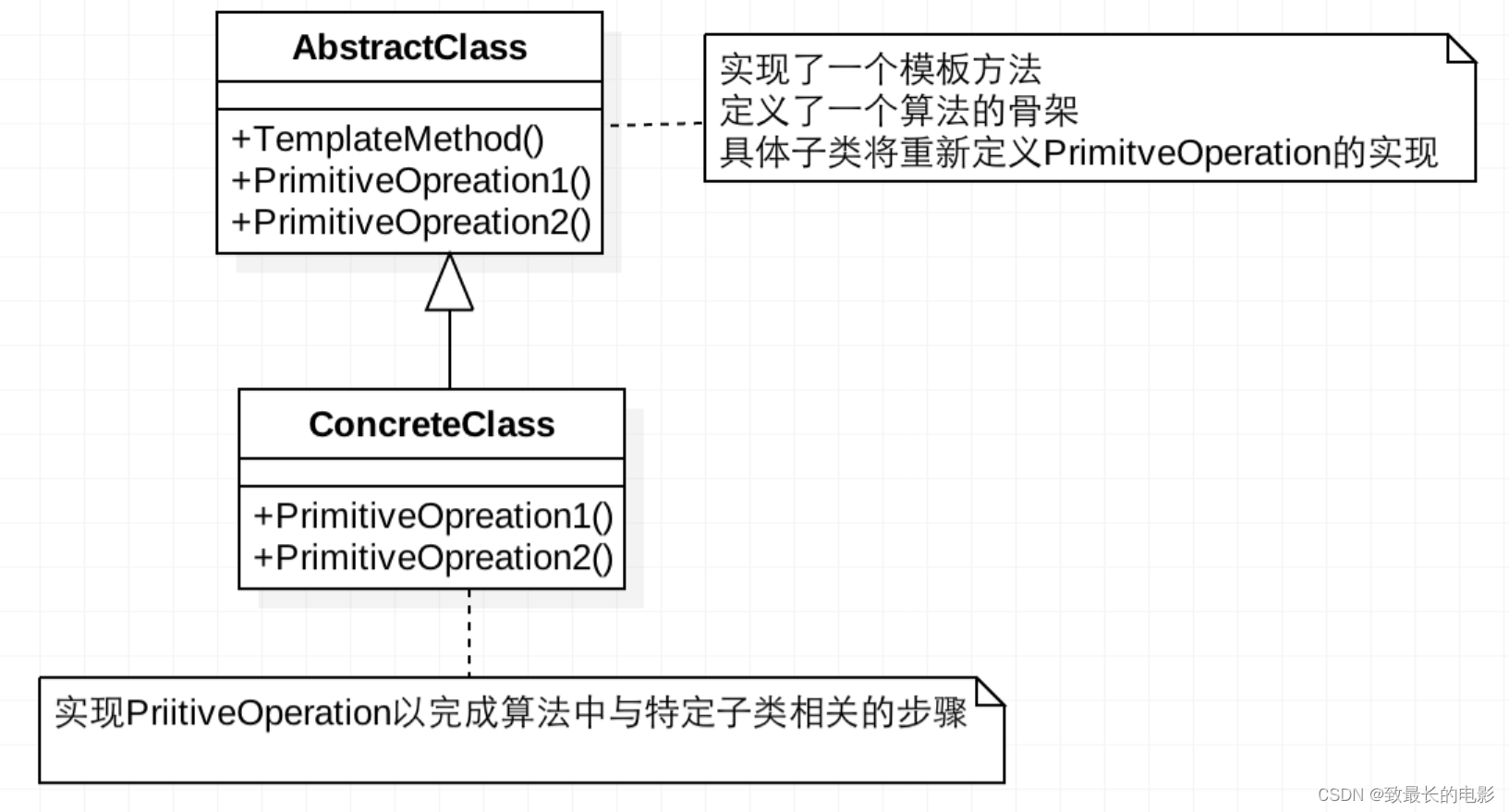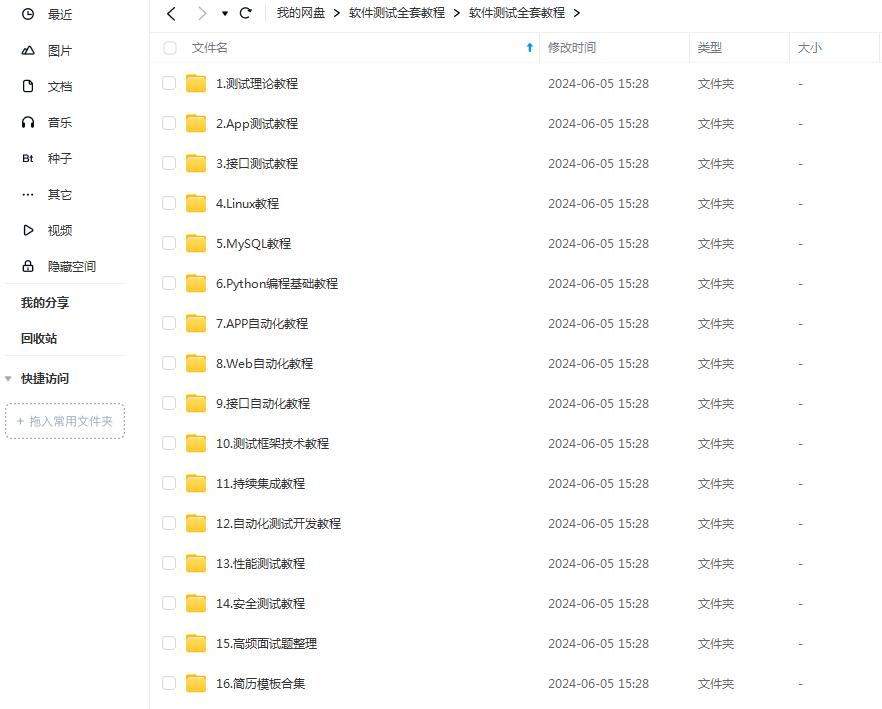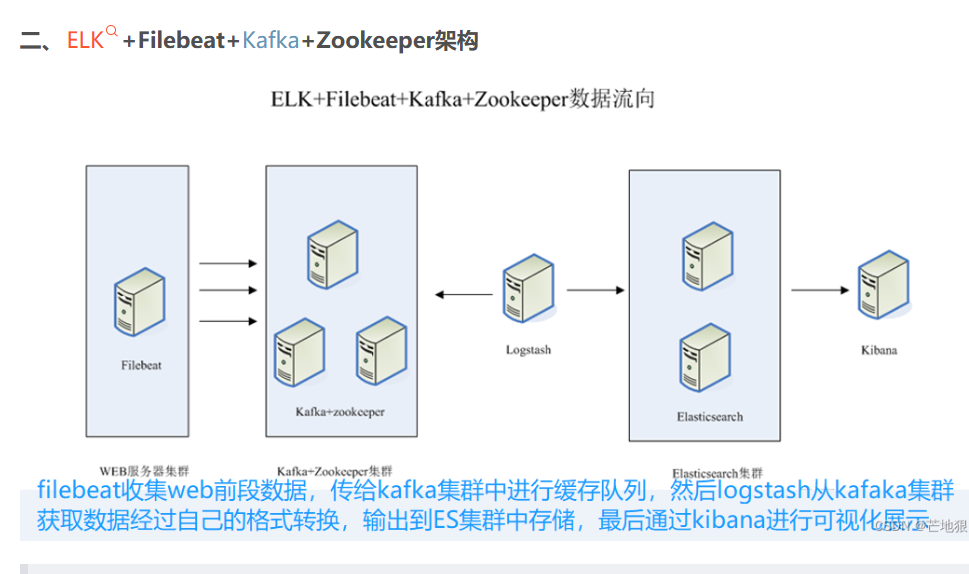简介
Read Through模式通常是指一种缓存策略,其中当应用程序尝试读取数据时,缓存系统首先被检查以查看数据是否已经存在于缓存中。如果缓存中存在数据(即缓存命中),则直接从缓存中读取数据并返回给应用程序。如果缓存中不存在数据(即缓存未命中),则从底层的数据存储(如数据库)中读取数据,然后将数据加载到缓存中,最后再返回给应用程序。
这种模式的主要优点包括:
- 提高性能:通过减少对底层存储的直接访问次数,可以显著提高数据检索的性能。
- 减少延迟:缓存通常位于内存中,访问速度比磁盘存储快得多,因此可以减少数据检索的延迟。
- 减轻数据库负载:通过在缓存中存储频繁访问的数据,可以减少对数据库的查询压力,从而提高整个系统的吞吐量。
Read Through模式通常与Lazy Loading(懒加载)和Eager Loading(急加载)等策略相对比:
- Lazy Loading:数据仅在需要时才加载,这可以减少不必要的数据加载,但可能会增加首次访问的延迟。
- Eager Loading:预先加载数据,这可以减少首次访问的延迟,但可能会增加应用程序的内存使用和启动时间。
在实现Read Through模式时,可能需要考虑以下方面:
- 缓存失效策略:确定何时从缓存中移除数据,例如基于时间(TTL)或基于空间(当缓存达到一定大小时)。
- 并发控制:处理多个应用程序实例同时访问和修改缓存的情况。
- 数据一致性:确保缓存中的数据与底层存储中的数据保持一致,特别是在数据更新时。
实现
在Spring Boot中实现Read Through模式,通常可以通过Spring Cache抽象来完成。Spring Cache提供了一个跨不同缓存实现的统一API,并且支持多种缓存解决方案,如EhCache、Hazelcast、Infinispan、Redis等。
添加依赖:首先,需要添加Spring Boot的缓存依赖和选择的缓存实现库(如Redis)
<!-- Spring Boot Starter Cache --> <dependency> <groupId>org.springframework.boot</groupId> <artifactId>spring-boot-starter-cache</artifactId> </dependency> <!-- 以Redis为例,添加Redis的Spring Boot Starter --> <dependency> <groupId>org.springframework.boot</groupId> <artifactId>spring-boot-starter-data-redis</artifactId> </dependency>启用缓存注解:在Spring Boot的配置类上添加
@EnableCaching注解,以启用缓存注解支持。配置缓存管理器:配置一个或多个
CacheManager,Spring Boot会自动配置一个简单的CacheManager,但你可以根据需要配置更复杂的缓存策略。import org.springframework.context.annotation.Bean; import org.springframework.context.annotation.Configuration; import org.springframework.data.redis.cache.RedisCacheConfiguration; import org.springframework.data.redis.cache.RedisCacheManager; import org.springframework.data.redis.connection.RedisConnectionFactory; @Configuration public class RedisCacheConfig { @Bean public RedisCacheManager cacheManager(RedisConnectionFactory connectionFactory) { RedisCacheConfiguration config = RedisCacheConfiguration.defaultCacheConfig() .serializeKeysWith(RedisSerializationContext.SerializationPair.fromSerializer(RedisSerializer.string())) .serializeValuesWith(RedisSerializationContext.SerializationPair.fromSerializer(GenericJackson2JsonRedisSerializer.json()))) Map<String, RedisCacheConfiguration> customCacheConfigs = new HashMap<>(); customCacheConfigs.put("mySpecialCache", config.entryTtl(Duration.ofMinutes(15))); // 为特定缓存设置不同的过期时间 .disableCachingNullValues(); return RedisCacheManager.builder(connectionFactory) .cacheDefaults(config) // 在这里可以自定义添加缓存配置 .withInitialCacheConfigurations(customCacheConfigs) .build(); } }- 使用缓存注解:在需要缓存的方法上使用
@Cacheable注解来实现Read Through模式。如果缓存中没有数据,方法将被调用,结果将被缓存。import org.springframework.cache.annotation.Cacheable; import org.springframework.stereotype.Service; @Service public class MyService { @Cacheable(value = "myCache", key = "#id") public MyData getDataById(String id) { // 从数据库加载数据 return myDataRepository.findById(id); } } 缓存键值:在
@Cacheable注解中指定缓存的键值,这通常是基于方法参数的值。缓存名称:指定缓存名称,这将用于区分不同的缓存域。
配置缓存参数:可以根据需要配置缓存的超时时间、条件、除非条件等
value或cacheNames:指定缓存名称。可以指定一个或多个缓存名称,它们将用于存储缓存。
@Cacheable(value = "myCacheName", key = "#id")key:定义缓存键值的生成策略。通常使用SpEL表达式(Spring Expression Language)来指定方法参数作为缓存键。
@Cacheable(cacheNames = "myCache", key = "#id")condition:定义缓存的条件,只有满足条件时才进行缓存。
@Cacheable(cacheNames = "myCache", key = "#id", condition = "#id.length() > 3")unless:定义不进行缓存的条件,与
condition相反,用于排除某些情况。@Cacheable(cacheNames = "myCache", key = "#id", unless = "#result == null")keyGenerator:指定自定义的缓存键生成策略,如果需要更复杂的键生成逻辑,可以指定一个
KeyGenerator的Bean名称。@Cacheable(cacheNames = "myCache", keyGenerator = "myKeyGenerator")cacheManager:指定使用哪个
CacheManager,如果有多个CacheManager时使用。@Cacheable(cacheNames = "myCache", cacheManager = "myCacheManager")expireAfterWrite:设置缓存项写入后过期时间(单位为毫秒)。这是一种常用的配置,用于定义缓存数据的生存时间。
@Cacheable(cacheNames = "myCache", key = "#id", expireAfterWrite = 3600000) // 1小时后过期expireAfterAccess:设置缓存项最后一次访问后过期时间,适用于缓存数据在最后一次被访问后多久过期。
refreshAfterWrite:设置写入后多久刷新缓存,适用于动态刷新缓存的场景。
sync:设置是否同步创建缓存项,防止并发环境下的竞态条件。
异常处理:确保处理缓存方法中可能抛出的异常,以避免影响应用程序的稳定性。

































![[Yii] 实战开发微信服务号+Yii 2.0构建商城系统全栈应用](https://img-blog.csdnimg.cn/direct/67c64049147741939b85489caefbb597.png)







